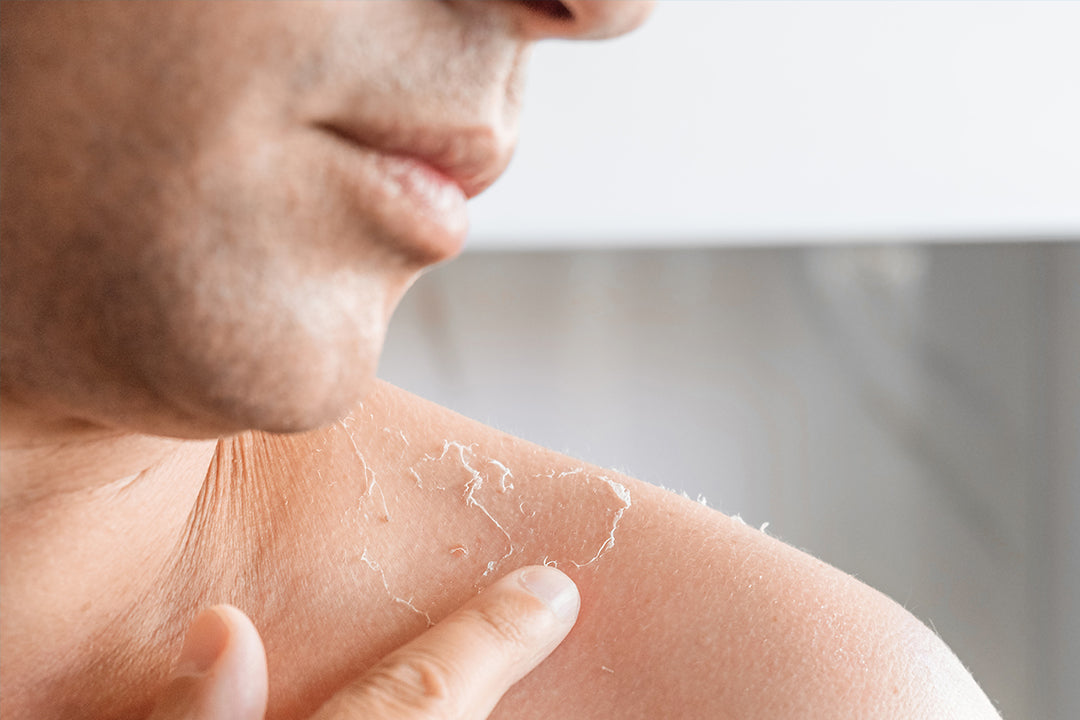If you've ever experienced pain or discomfort when your skin is touched, you may be wondering why your skin is sensitive to touch. This phenomenon, known as tactile allodynia, can be a symptom of various underlying conditions, including allodynia, fibromyalgia, and other skin-related issues.
What is Tactile Allodynia?
Tactile allodynia is a condition in which the skin becomes hypersensitive to touch, causing pain or discomfort even with light pressure or gentle contact. It is often associated with fibromyalgia, a chronic pain disorder characterized by widespread musculoskeletal pain, fatigue, and sleep disturbances.
Some of the common symptoms of tactile allodynia include:
- Pain or discomfort when clothes touch the skin
- Pain or discomfort when slight pressure is exerted on the skin
- Pain or discomfort from gentle touch or stroking
Causes of Tactile Allodynia
Tactile allodynia can have various underlying causes, including:
- Allodynia: Allodynia is a condition in which the nerves become hypersensitive, causing pain in response to stimuli that don't usually cause pain. It can be caused by various factors, such as nerve damage, inflammation, or genetic predisposition.
- Fibromyalgia: Fibromyalgia is a chronic pain disorder that can cause widespread pain, fatigue, and sleep disturbances. Tactile allodynia is a common symptom of fibromyalgia.
- Peripheral neuropathy: Peripheral neuropathy is a condition in which the peripheral nerves, which transmit signals between the central nervous system and the rest of the body, are damaged. It can cause various symptoms, including tactile allodynia.
- Other skin-related issues: Certain skin conditions, such as shingles, postherpetic neuralgia, and allergic reactions, can also cause tactile allodynia.
Treatment for Tactile Allodynia
The treatment for tactile allodynia depends on the underlying cause and may include:
- Managing underlying conditions: If tactile allodynia is caused by a specific condition, such as fibromyalgia or peripheral neuropathy, treating the underlying condition may help alleviate the symptoms.
- Medications: Certain medications, such as antidepressants, anticonvulsants, and topical creams, may be prescribed to help manage the pain and discomfort associated with tactile allodynia.
- Physical therapy: Physical therapy techniques, such as gentle massage, stretching exercises, and heat or cold therapy, may help reduce the sensitivity of the skin and alleviate the symptoms of tactile allodynia.
- Lifestyle modifications: Making certain lifestyle changes, such as avoiding triggers that worsen the symptoms, practicing stress management techniques, and getting regular exercise, may also help manage tactile allodynia.
When to See a Doctor
If you're experiencing persistent or worsening symptoms of tactile allodynia, it's important to consult a healthcare professional. They can help determine the underlying cause and develop an appropriate treatment plan.
Takeaways
Tactile allodynia can significantly impact a person's quality of life, causing pain and discomfort with even the lightest touch. Understanding the causes, symptoms, and available treatments for tactile allodynia can help individuals better manage their condition and find relief from the associated symptoms. If you're experiencing skin sensitivity to touch, it's essential to seek medical advice to determine the underlying cause and develop an appropriate treatment plan.









